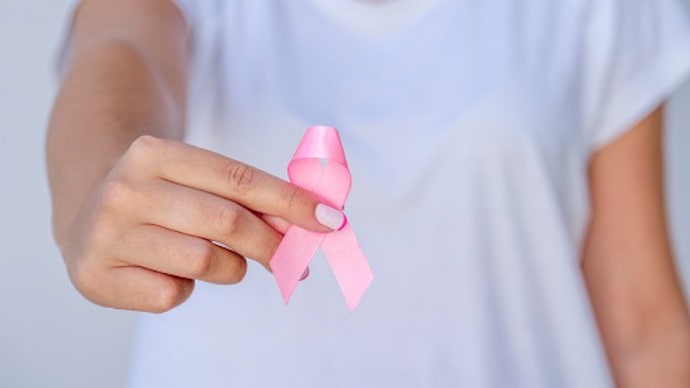Economic burden of breast cancer in India will be $13.96 billion by 2030
Researchers from various institutions in the country have predicted that the number of breast cancer patients in India will continue to increase in the future, highlighting that the economic burden will be $13.96 billion by 2030.

in short
- Breast cancer imposes huge economic burden on Indians
- This disease is expected to cost $13.96 billion by 2030
- Current trends show that more young women are battling breast cancer
An India-based study has indicated that the number of breast cancer patients in the country has been continuously increasing since 2000. In 2021, it reached about 1.25 million cases, which is about 1% of India’s total population.
Researchers from various institutions in the country used ARIMA models (Autoregressive Integrated Moving Averages) to estimate that the number of breast cancer patients in India will continue to increase in the future, highlighting that the economic burden could be $13.96 billion by 2030. will be.
According to the study published in the peer-reviewed Scientific Reports, the total economic burden of breast cancer in India was estimated to be $8 billion in 2021.
“Breast cancer imposes a huge economic burden on India… and is associated with lower levels of physical activity, socioeconomic status, health facility utilization and health insurance,” said the authors from Epi-Fractals Biosystems Technopark, Great Lakes Institute of Management ” Assam University, Amrita Institute of Medical Sciences and MS Ramaiah University of Applied Sciences wrote.
Between 2021 and 2030, the number of breast cancer patients is expected to increase by approximately 0.05 million annually, with an annual growth rate of approximately 5.6%.
The reasons for such increase include genetic factors and family history of breast cancer (inheritance of BRCA1 and BRCA2 genes), obesity, poor lifestyle, consumption of ultra-processed food, smoking and drinking alcohol, the risk is significantly increased.
The study authors said that, in line with current trends, Indian women have a higher proportion of the disease occurring at a younger age than those in the West.
“The survival rate of breast cancer patients in India is low compared to Western countries, due to young age at onset, late stage of disease, delay in definitive management and inadequate or fragmented treatment,” they wrote.
This means that while younger women are being diagnosed with breast cancer, survival rates are lower than in Western countries, as most patients seek medical care only after the disease has reached an advanced stage.
Even after diagnosis, many women may not seek treatment immediately due to health care costs, financial constraints, or lack of awareness.
The researchers also highlighted that sometimes due to reasons like inconsistent follow-up or lack of access to advanced medical facilities, many patients do not continue their treatment or leave it midway, leading to poor survival in India. The rate decreases.
A study conducted at a public cancer hospital in Mumbai revealed that 14.2% of patients discontinued treatment, and only 9% of patients were covered by any health insurance scheme.
Through their findings, the authors hoped that the research “can help policy makers identify areas with the highest economic impact, allowing efficient distribution of health care resources.”
The study also attempts to guide policymakers in formulating health care budgets, ensuring that adequate funds are allocated to manage the growing burden of breast cancer.


